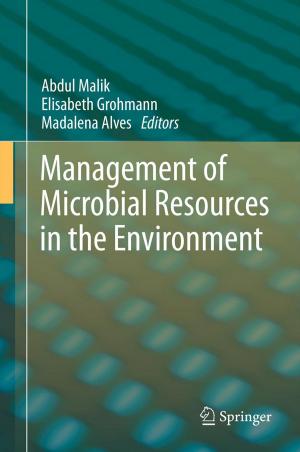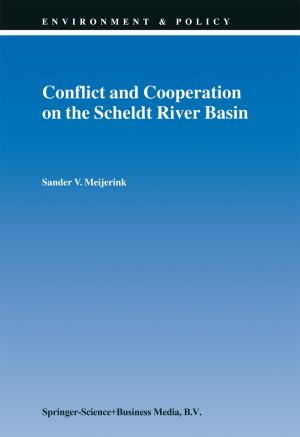Improvement Strategies of Leguminosae Biotechnology
Nonfiction, Science & Nature, Science, Biological Sciences, Botany| Author: | ISBN: | 9789401701099 | |
| Publisher: | Springer Netherlands | Publication: | March 9, 2013 |
| Imprint: | Springer | Language: | English |
| Author: | |
| ISBN: | 9789401701099 |
| Publisher: | Springer Netherlands |
| Publication: | March 9, 2013 |
| Imprint: | Springer |
| Language: | English |
Legumes include many very important crop plants that contribute critical protein to the diets of many around the world. Many important forages and green manure crops are legumes. Legumes are also large contributors to the vegetable oil and animal feed protein sectors. One characteristic of legumes that could become even more important as world energy sources decline and nitrogen fertilizer prices increase is nitrogen fixation, something few other plants can do. Thus legumes have a unique and important niche in agriculture. While some of the small seeded forage legumes have been relatively easy to work with in tissue culture as far as culture initiation, plant regeneration and transformation are concerned, most large seeded legumes, like soybean, have been recalcitrant. Today, however, many laboratories are inserting genes into soybean and producing unique plants for both commercial and scientific uses. These advancements have taken a large amount of research effort and still require time and labour.
Legumes include many very important crop plants that contribute critical protein to the diets of many around the world. Many important forages and green manure crops are legumes. Legumes are also large contributors to the vegetable oil and animal feed protein sectors. One characteristic of legumes that could become even more important as world energy sources decline and nitrogen fertilizer prices increase is nitrogen fixation, something few other plants can do. Thus legumes have a unique and important niche in agriculture. While some of the small seeded forage legumes have been relatively easy to work with in tissue culture as far as culture initiation, plant regeneration and transformation are concerned, most large seeded legumes, like soybean, have been recalcitrant. Today, however, many laboratories are inserting genes into soybean and producing unique plants for both commercial and scientific uses. These advancements have taken a large amount of research effort and still require time and labour.















